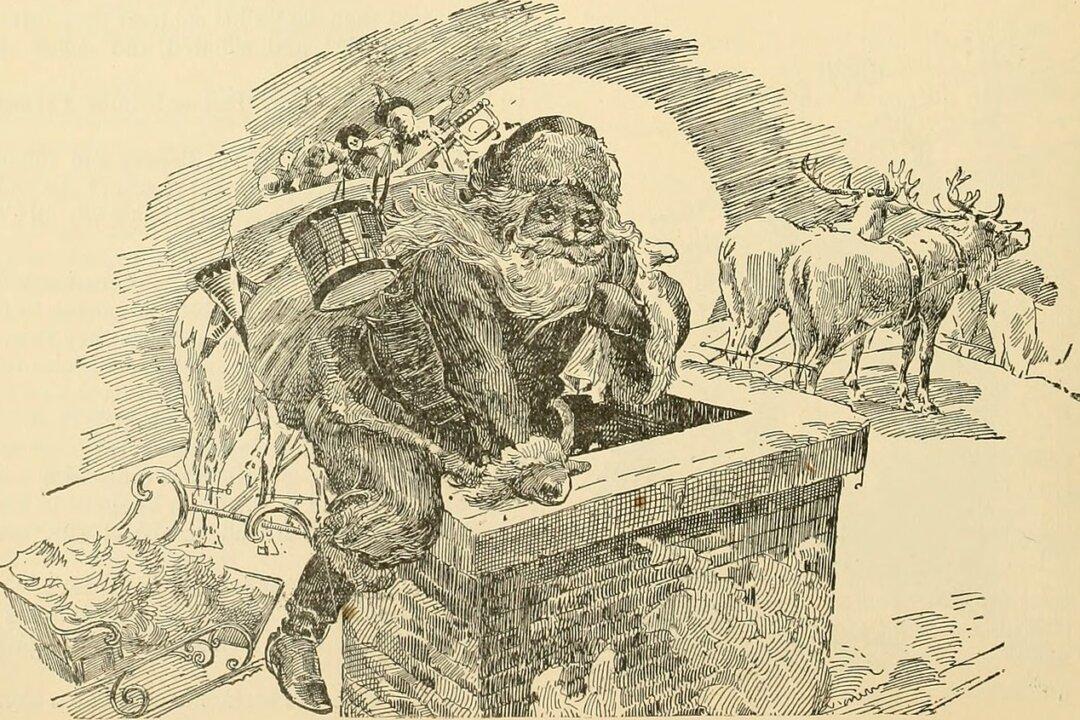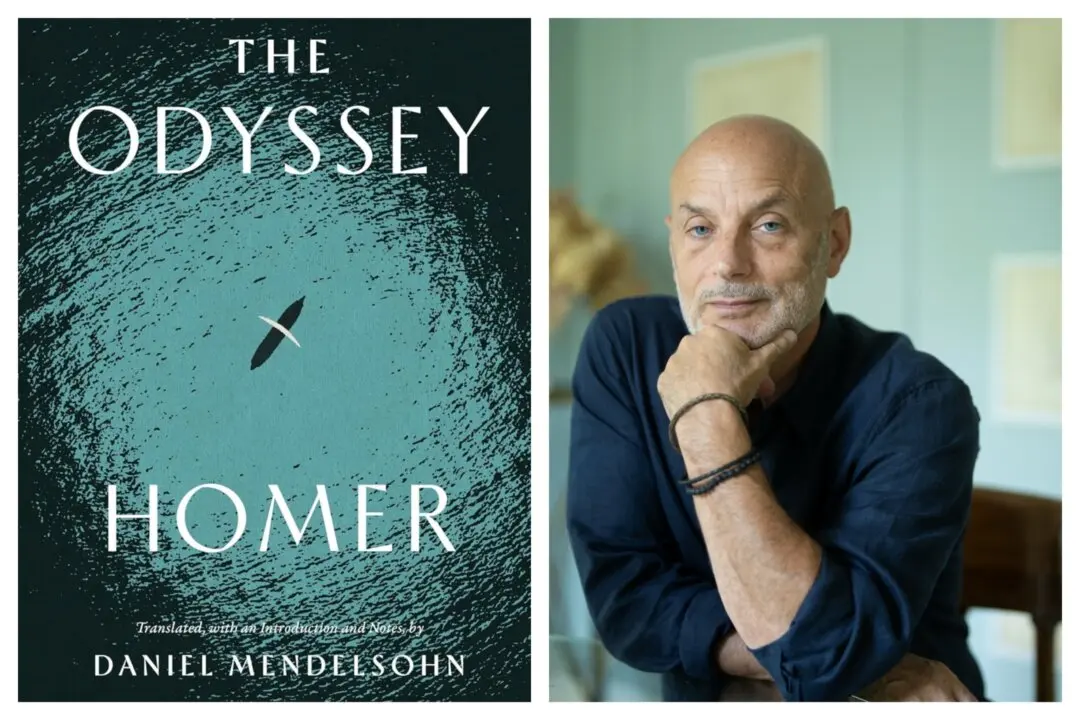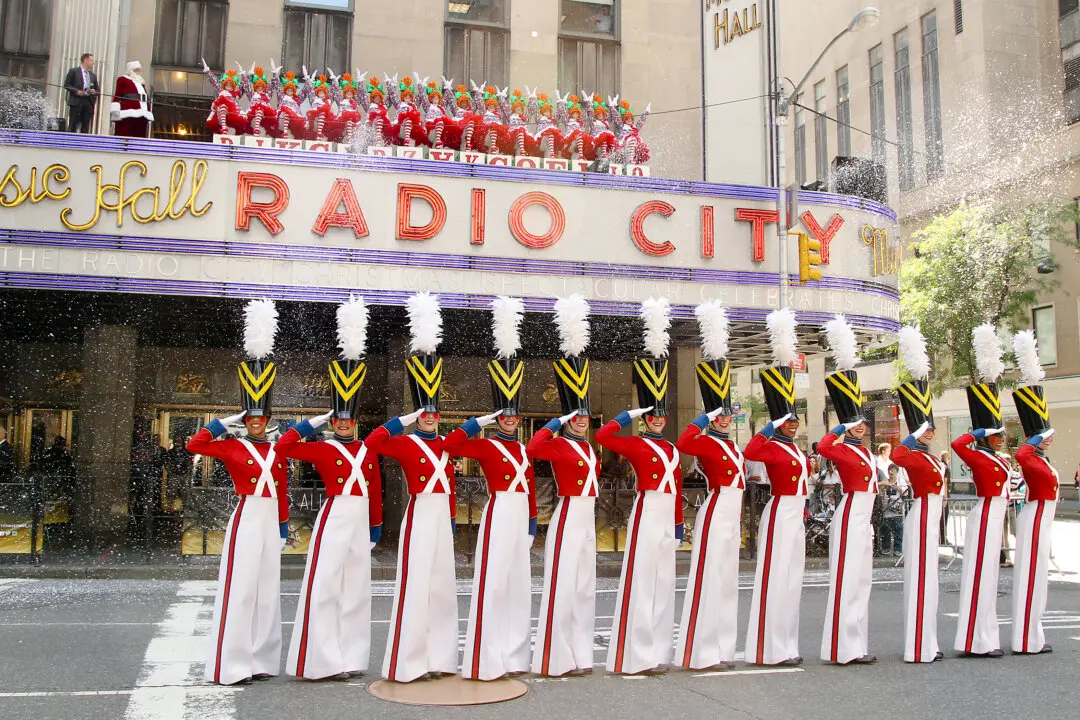Exactly 200 years ago this week, a 56-line Christmas poem was published anonymously on Dec. 23 in the “Troy Sentinel.” The poem was an instant hit among readers, and was published in other works and attributed to “Anonymous.” Its official title was “A Visit From St. Nicholas,” but is better known as “'Twas the Night Before Christmas.”
The poem changed how people viewed Santa Claus (or St. Nicholas) and how they viewed Christmas altogether. Santa Claus is described as “dressed all in fur,” with “a bundle of toys … on his back,” “his cheeks … like roses,” “his nose like a cherry,” a beard “as white as snow,” “chubby and plump,” with “a little round belly that shook when he laughed, like a bowl full of jelly.”






